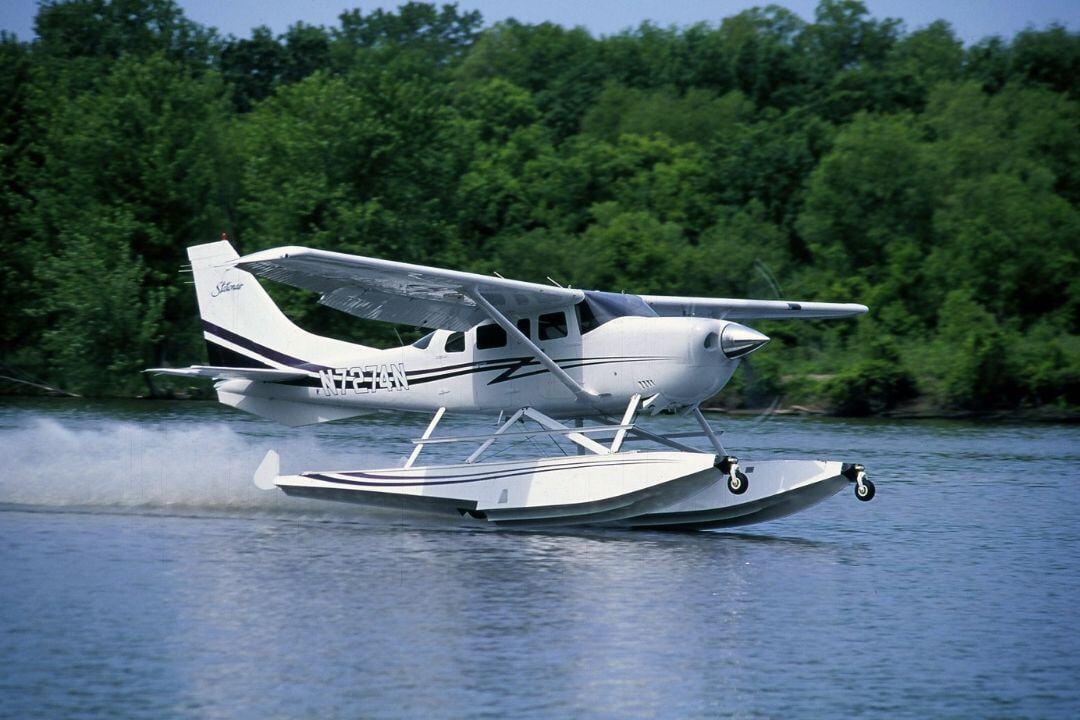Floats
Safe Water Landings
Floats are specialized aviation accessories designed to enable aircraft, particularly helicopters and small fixed-wing planes, to operate on water. These buoyant structures provide stability for takeoffs, landings, and stationary operations on lakes, rivers, and coastal regions. Floats are essential for search and rescue (SAR), environmental monitoring, maritime patrol, and utility missions, allowing aviation teams to access remote or water-bound areas safely and efficiently.

Applications of Floats in Aviation
Floats enable safe water landings, enhancing SAR, disaster relief, maritime patrol, environmental monitoring, and utility missions in remote or aquatic environments.
In search and rescue (SAR), they allow aircraft to land on water for rescues, providing stability for hoist operations and survivor evacuations. For disaster relief, they facilitate supply drops and evacuations in flood-affected areas. In maritime patrol and surveillance, floats extend operational range over water, enabling landings for inspections and personnel transfers.
For environmental monitoring, they support wildlife observation, water sampling, and scientific research in aquatic ecosystems. In utility and construction missions, floats provide access to offshore sites, remote islands, and regions with limited infrastructure.

Check our Completed Projects



